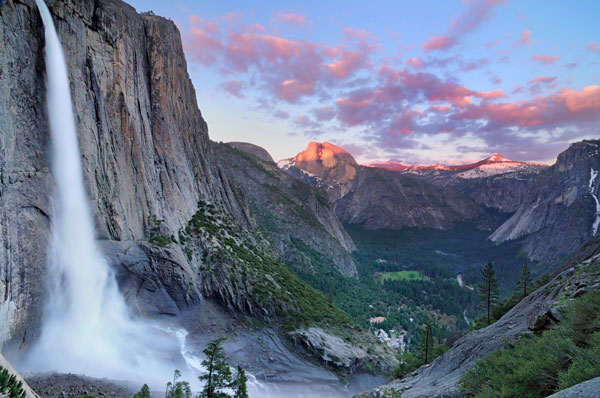The Seven Natural Wonders of the World, including Paricutin Volcano, The Harbor at Rio de Janeiro, Northern Lights, Victoria Falls and Great Barrier Reef, weren’t made by humans, but were created by Mother Nature. But do not think that the ‘beauty’ of Nature is limited to these 7 truly amazing places, no, there are still many fascinating natural spots on Earth that never fail to entice visitors with their uniqueness and charm. Here are some of the ‘World’s Most Beautiful National Parks,’ best known for their untamed scenery, rich flora and vibrant wildlife.
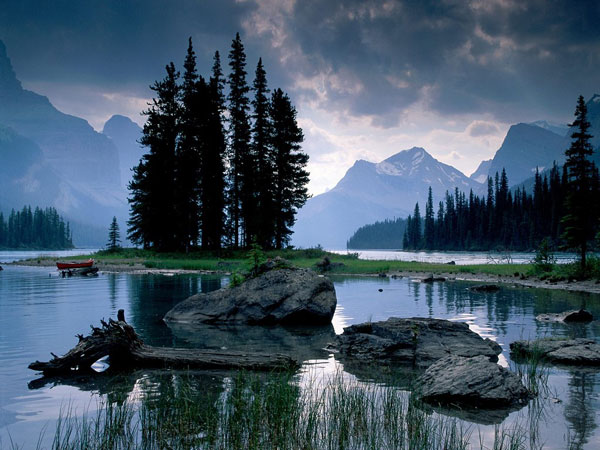
Fuji-Hakone-Izu National Park, Japan
When you ask a Japanese about the best beautiful places in the country, the first spot to be mentioned will always be Mt. Fujisan, ideally nestled in the heart of Fuji-Hakone-Izu National Park, the most visited park in Japan, with the number of visitors per year exceeding 100 million. Consisting of Mount Fuji, Fuji Five Lakes, Hakone, the Izu Peninsula, and the Izu Islands, the striking Fiju-Hakone-Izu National Park is a popular weekend getaway for many vacationers with amazing volcanic landscapes, many captivating hot-spring spas, sparkling lakes, historic attractions and coastal areas. Visit Mount Fuji’s 5th Station to enjoy spectacular views on a clear day; play golf in Hakone – a very popular summer resort; and indulge in fun and entertainment in the Five Lakes that form a recreational area – this and much more are waiting for you in the scenic and truly majestic park of Japan. The Park is beautiful all year round, however the best time to visit it is in spring, when the cherry blossom begins.
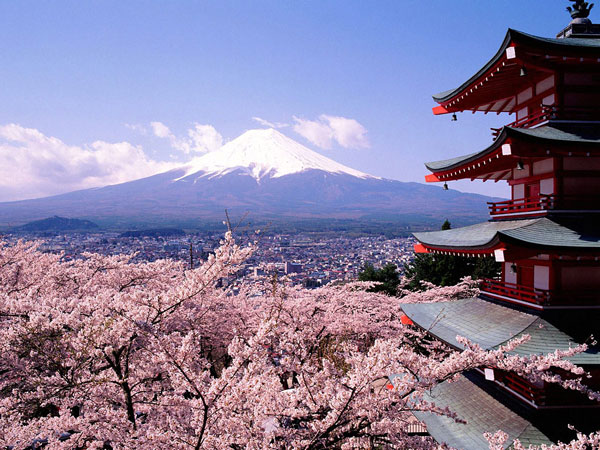
Grand Canyon National Park, United States
If you want to discover the best of the American West and open your family’s or lover one’s eyes to some of the continent’s most spectacular landscapes, then plan a visit to Grand Canyon National Park. Probably the world’s most photographed national park and of course one of the most beautiful on Earth, Arizona’s Grand Canyon officially achieved national park status on February 26, 1919 and covers more than 1 million acres of land in Northern Arizona. Well known for its geologic significance, the awe-inspiring Grand Canyon offers an excellent record of three of the four eras of geological time with wonderful rocks and numerous caves containing extensive paleontological, archaeological and biological resources. The Canyon, incised by the Colorado River, is truly immense with 4,000 meters depth. Of special significance is the park’s flora and fauna with over 1,500 plant species, 335 bird, 89 mammalian, 47 reptile, 9 amphibian and 17 fish species. More than 5 million people visit it annually, to come face-to-face with the beauty this scenic natural wonder has to offer and indulge in various recreational activities from fantastic walking and hiking to whitewater raft trips and amazing desert view drive.
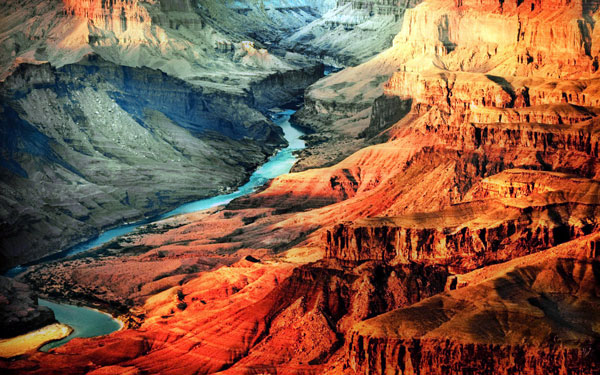
Hawaii Volcanoes National Park
Established in 1 Aug, 1916 as Hawai’i National Park and renamed Hawai’I Volcanoes National Park in 1961, this truly amazing natural wonder is where visitors can see the results of 70 million years of volcanism, migration and evolution. Encompassing 230,000 acres and ranging from sea level to the summit of the globe’s most massive volcano, Mauna Loa at 13,677 feet, Hawai’i Volcanoes National Park is well known for its outstanding natural values, for which it has been honored as an International Biosphere Reserve and a World Heritage Site. Over half of the park is designated wilderness full of extraordinary hiking and camping opportunities. The park has over 150 miles of trails and it’s worth mentioning that the character of it is best discovered on foot.
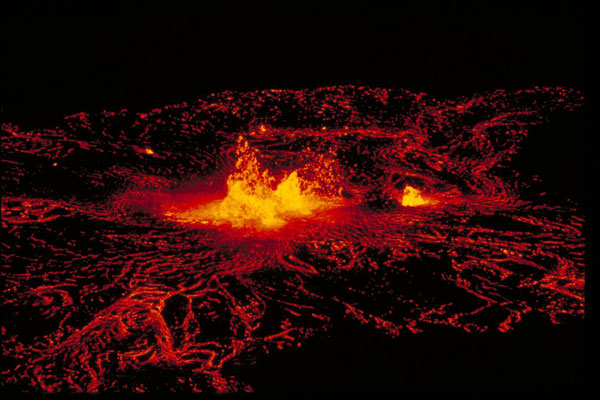
Canaima National Park, Venezuela
With an area of one million hectares, which was increased to three million in 1975, Canaima National Park was decreed as such by the National Government on June 12th, 1962. Home to Pemón people and the world’s highest waterfall, this wondrous National Park is a breathtaking collection of rivers, flat-topped mountain formations, known as tepius, jungles and savannas, located in eastern Venezuela – the ‘Land of Grace,’ called so by Columbus because of its lush vegetation and powerful rivers. The Park is a UNESCO World Heritage Site, and is considered the country’s second largest national park. Activities available in Canaima National Park & Angel Falls include: bird watching with more than 1,300 recorded species, hiking and climbing – the Andes Mountains stretch from Chile to Venezuela, making it a paradise for hiking enthusiasts, mountain biking, which will give you the unique chance to see some of the most spectacular wildlife in South America, as well as trekking and wildlife watching tours. Words are not enough to describe the beauty found in this amazing piece of paradise, because it’s a place to be seen to be believed.
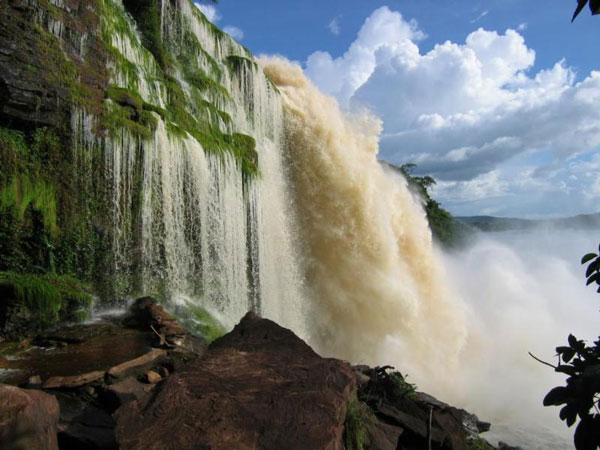
Yosemite National Park, United States
One of the first wilderness parks in the Unites States, Yosemite National Park is a nature lover’s dream with some of the most scenic and spectacular hikes in the world, numerous waterfalls, grand meadows and deep valleys, ancient giant sequoias and sub-alpine lakes and more. Six distinct vegetation zones are underlined in the park with a variety of unique flora (there are 1,200 species of flowering plant). Moreover, there are one thousand designated archaeological surveys. In late prehistoric and historic times Yosemite was occupied by two main tribes of North American Indians. A very full range of visitor services is available both in the Park and in the surrounding communities, including library, museum, cultural exhibit, wilderness centers and even a mountaineering school. There are 1,280 km of trails and 19 km of roads. Yosemite is also one of the world’s greatest climbing areas, where climbers can enjoy an endless variety of challenges, from the sustained crack climbs of the Merced River Canyon to pinching crystals on sun-drenched Tuolumne Meadows domes.
